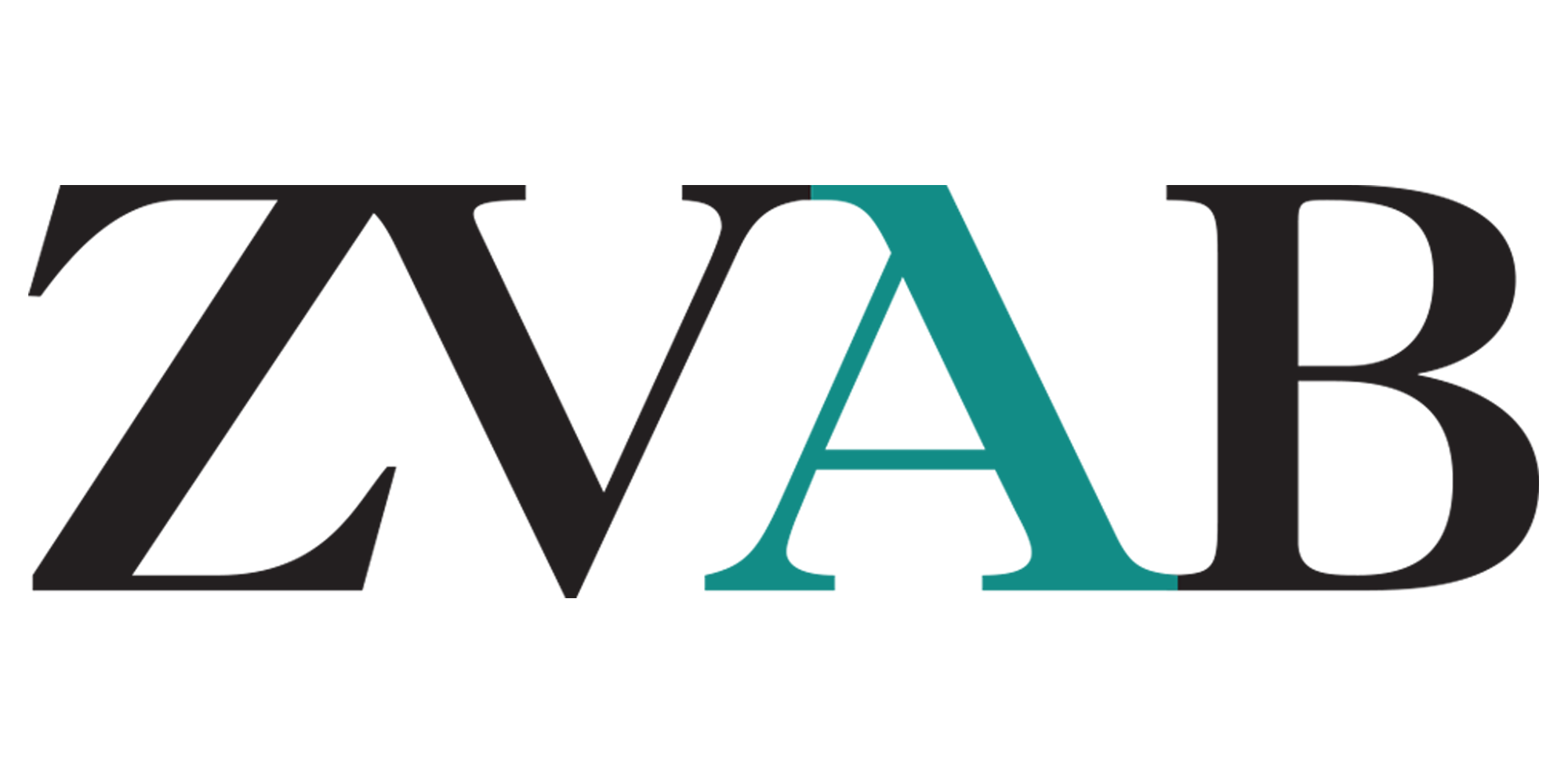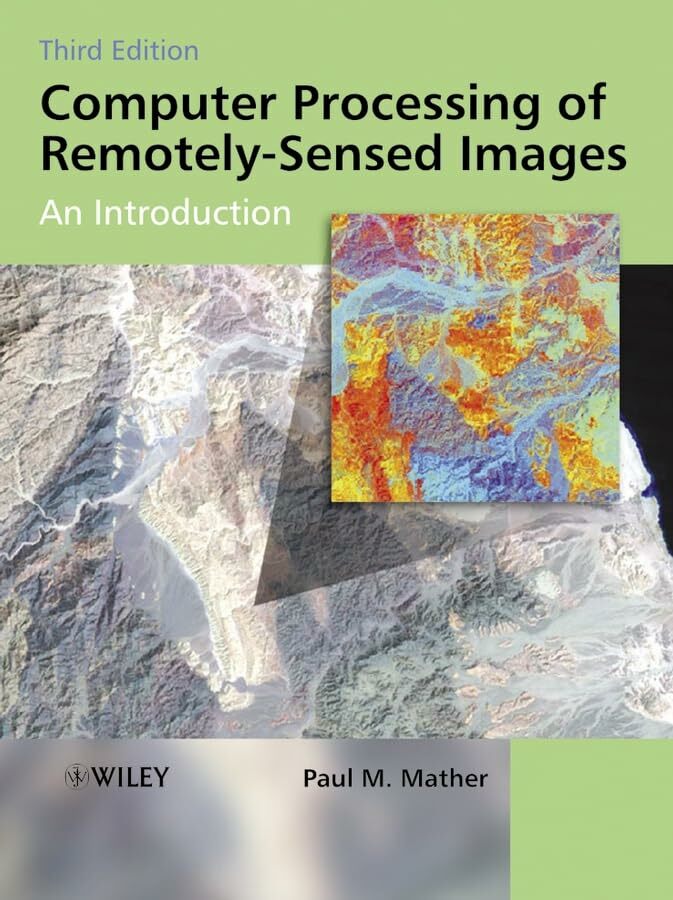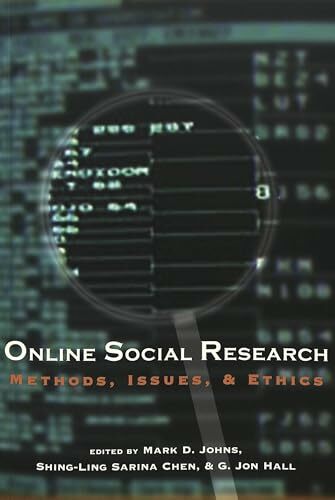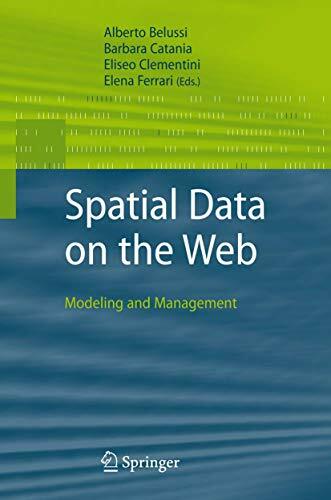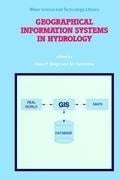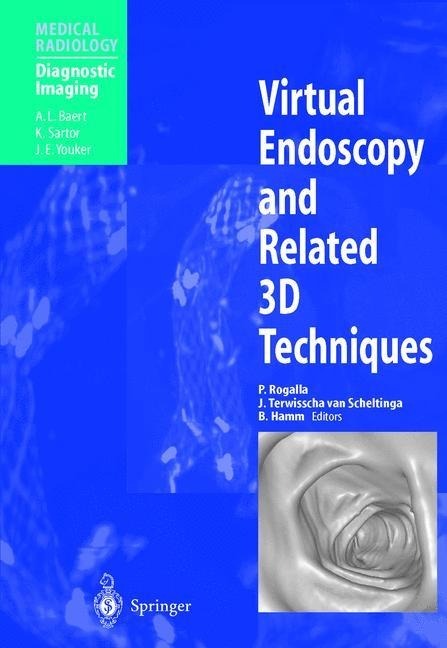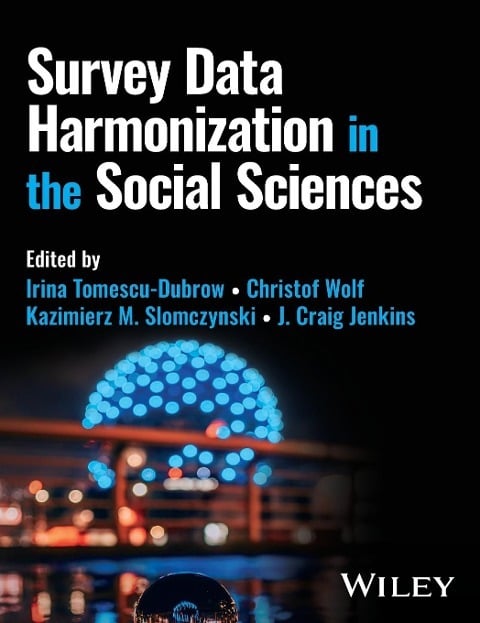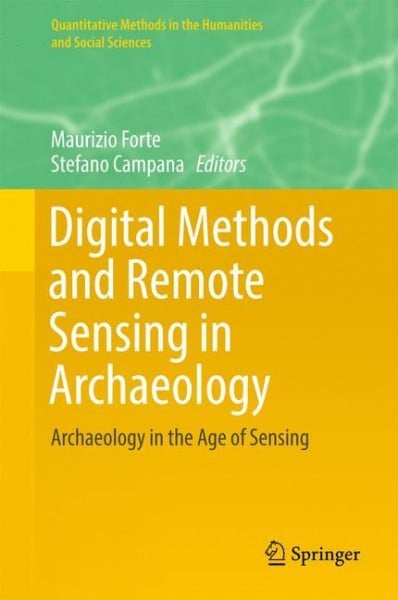
Digital Methods and Remote Sensing in Archaeology
Kurzinformation
inkl. MwSt. Versandinformationen
Artikel zZt. nicht lieferbar
Artikel zZt. nicht lieferbar

Beschreibung
¿¿This volume debuts the new scope of Remote Sensing, which was first defined as the analysis of data collected by sensors that were not in physical contact with the objects under investigation (using cameras, scanners, and radar systems operating from spaceborne or airborne platforms). A wider characterization is now possible: Remote Sensing can be any non-destructive approach to viewing the buried and nominally invisible evidence of past activity. Spaceborne and airborne sensors, now supplemented by laser scanning, are united using ground-based geophysical instruments and undersea remote sensing, as well as other non-invasive techniques such as surface collection or field-walking survey. Now, any method that enables observation of evidence on or beneath the surface of the earth, without impact on the surviving stratigraphy, is legitimately within the realm of Remote Sensing. ¿The new interfaces and senses engaged in Remote Sensing appear throughout the book. On a philosophical level, this is about the landscapes and built environments that reveal history through place and time. It is about new perspectives¿the views of history possible with Remote Sensing and fostered in part by immersive, interactive 3D and 4D environments discussed in this volume. These perspectives are both the result and the implementation of technological, cultural, and epistemological advances in record keeping, interpretation, and conceptualization. Methodology presented here builds on the current ease and speed in collecting data sets on the scale of the object, site, locality, and landscape. As this volume shows, many disciplines surrounding archaeology and related cultural studies are currently involved in Remote Sensing, and its relevance will only increase as the methodology expands. von Forte, Maurizio und Campana, Stefano
Produktdetails
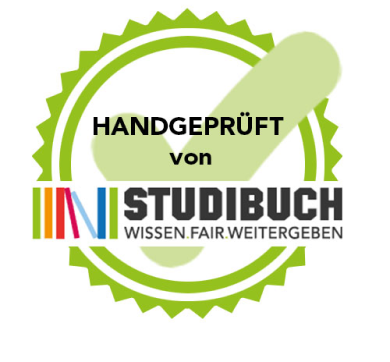
So garantieren wir Dir zu jeder Zeit Premiumqualität.
Über den Autor
Maurizio Forte is William and Sue Gross Professor of Classical Studies Art, Art History, and Visual Studies at Duke University. He is also the founder of the DIG@Lab (for a digital knowledge of the past) at Duke. His main research topics are: digital archaeology, classical archaeology, and neuro-archaeology. He was professor of World Heritage at the University of California, Merced, (School of Social Sciences, Humanities and Arts) and Director of the Virtual Heritage Lab. He was Chief of Research at Italian National Research Council (CNR) of "Virtual Heritage: Integrated digital technologies for knowledge and communication of cultural heritage through virtual reality systems", Senior Scientist at CNR's Institute for Technologies Applied to the Cultural Heritage (ITABC), and Professor of "Virtual Environments for Cultural Heritage" in the Master of Science in Technology-Enhanced Communication for Cultural Heritage at the University of Lugano. He has coordinated archaeological fieldwork and research projects in Italy as well as Ethiopia, Egypt, Syria, Kazakhstan, Peru, China, Oman, India, Honduras, Turkey, USA, and Mexico. Since 2010 he has been director of the 3D-Digging project at Çatalhöyük. Stefano Campana is currently MC advanced Research Fellow at the University of Cambridge UK. He is specializing in landscape archaeology, remote sensing, GIS, and archaeological methodology for purposes of research, recording, and conservation. His work is focused on the understanding of past landscapes from prehistory to the present day. The principal context for his work has been Tuscany but he has also participated in and led research work in the UK, Spain, Turkey, Palestine, and Asia. Since 2006 he has been a faculty member of the University of Siena (Italy), in the Department of History and Cultural Heritage, where he has engaged in teaching and research as Senior Lecturer in Ancient Topography. He has been very active in the international sphere and has established a sound reputation for innovative research. In 2011 he was proposed and admitted as a Fellow of the Society of Antiquaries of London (FSA) and in 2012 he was invited to be a member of the General Management Board of HIST, the Governing Board of the International Centre on Space Technologies for Natural and Cultural Heritage, under the auspices of UNESCO and the Chinese Academy of Sciences.
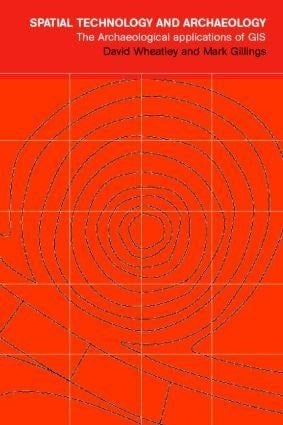
- Taschenbuch
- 288 Seiten
- Erschienen 2002
- Crc

- paperback
- 260 Seiten
- Erschienen 2018
- Springer

- hardcover
- 574 Seiten
- Erschienen 2025
- Salem Press Inc

- Kartoniert
- 120 Seiten
- Erschienen 2020
- Brill | V&R
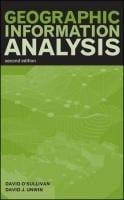
- Hardcover
- 405 Seiten
- Erschienen 2010
- John Wiley & Sons Inc

- paperback
- 268 Seiten
- Erschienen 2023
- Propylaeum
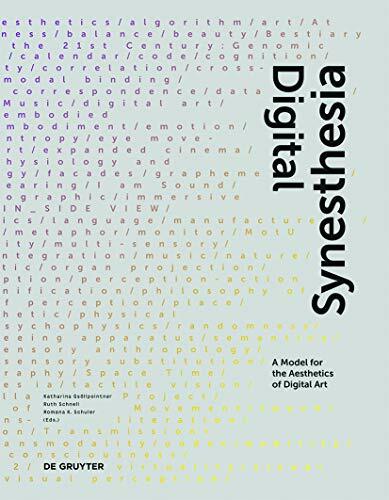
- Kartoniert
- 200 Seiten
- Erschienen 2016
- De Gruyter

- paperback -
- Erschienen 1983
- Johnson Pub Co
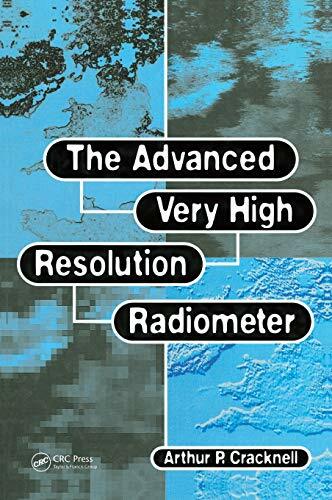
- hardcover
- 556 Seiten
- Erschienen 1997
- CRC Press





